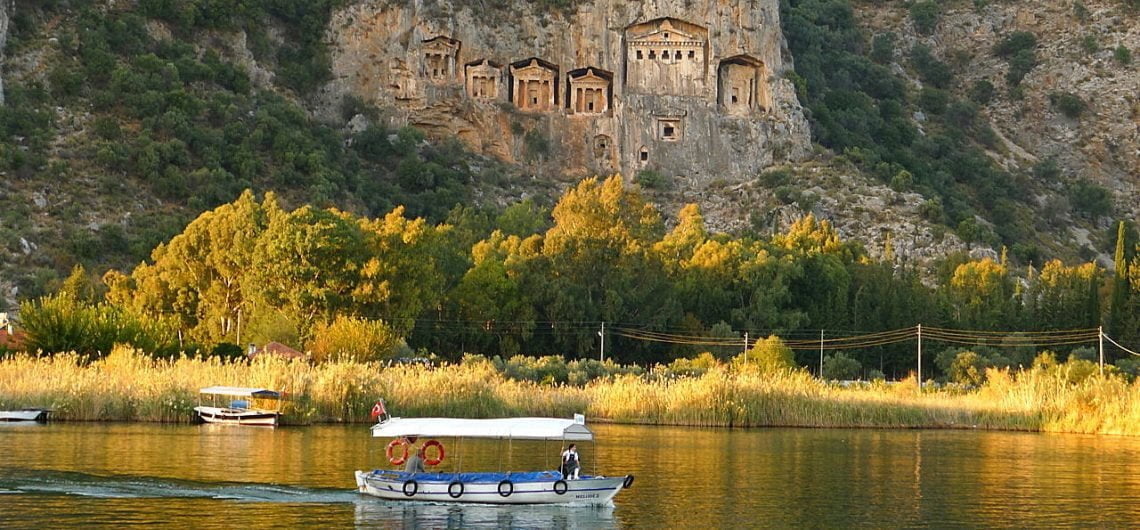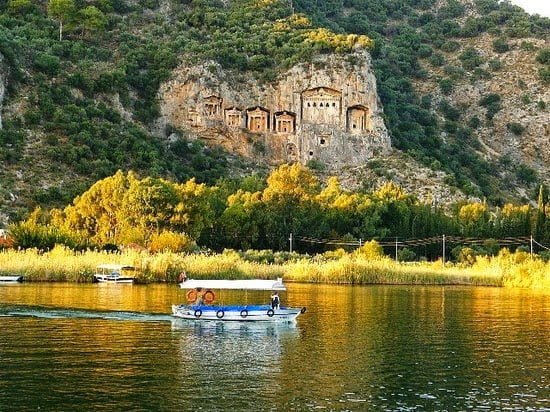In the Anatolia of antiquity many people some of whom were natives of the land and others immigrants, lived in separate regions defined by geographical boundaries Historians and geographers of the First Era used to give the names of places according to their inhabitants. That is why Caria means Land of the Karians.” This country of mountains, highlands and plateaus cover the south of today’s Aydın, the southwest of Denizli and the entirety of Mugla (apart from Fethiye). This expansive area encompasses the lace-like Aegean coast, bays, peninsulas and islands.
After Seljuk Sultan Alparslan’s victory over the Byzantine army on Manzikert plain in 1071, Anatolia became the Turkish homeland. Kilic Arslan II added almost all of Caria to the lands of the Selcuk State with his raids during 1093-1095. The settling of Turkish tribes coming in waves from central Asia in Western Anatolia against the Byzantine border accelerated this spread. Anatolia was shared among small emirates that became independent during the chaotic period which started when the Mongols took Anatolia after the Anatolian Selcuks were defeated by the Mongol Ilkhanate in the battle of Kösedag in 1243 and lasting until 1300. This state of affairs continued until Sultan Mehmed II, the Conqueror united Anatolia until Ottoman rule.


